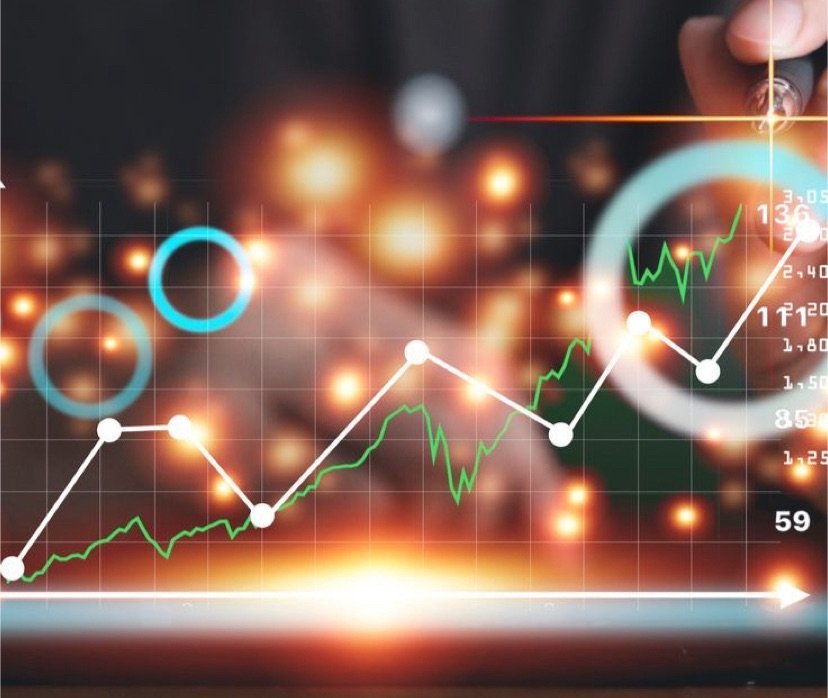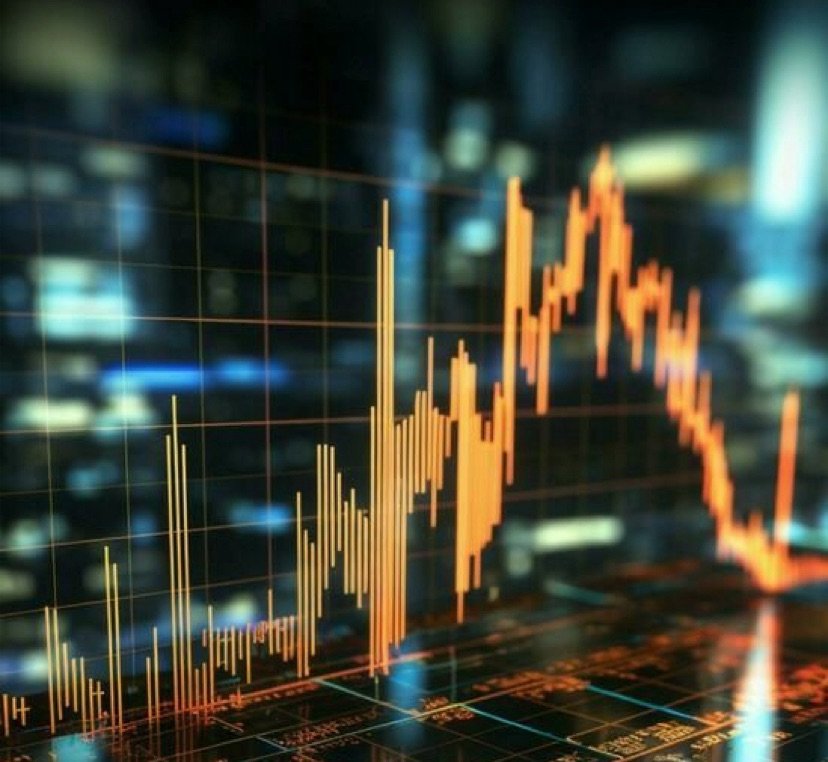
Introduction to Futures Trading
Futures trading can seem like a complex world reserved for seasoned investors, but it’s actually an accessible and exciting way to engage with the financial markets. Whether you’re looking to hedge your investments, speculate on price movements, or diversify your portfolio, futures trading offers numerous opportunities. This guide will take you through the basics, breaking down the essential concepts and strategies to help you get started with confidence.
What Are Futures Contracts?
Definition and Basic Concept
At its core, a futures contract is a legal agreement to buy or sell an asset at a predetermined price at a specific time in the future. The asset in question can be anything from commodities like oil or gold to financial instruments such as stock indices or currencies. Unlike traditional stock trading, where you purchase shares outright, futures trading involves speculating on the future price movement of the underlying asset.
History of Futures Trading
Futures trading dates back centuries, with its roots in the agricultural markets. Farmers and merchants originally used futures contracts to hedge against the risk of price fluctuations in crops. Over time, the concept expanded beyond agriculture to include various assets, making it a vital part of the modern financial system.
How Futures Trading Works
The Role of Buyers and Sellers
In a futures market, there are two primary parties involved: the buyer, who agrees to purchase the asset, and the seller, who agrees to deliver the asset. The buyer profits if the price of the asset increases before the contract expires, while the seller benefits if the price decreases. This dynamic creates a balanced market where both sides are essential.
How to Execute a Futures Trade
Executing a futures trade requires placing an order through a broker. You’ll need to specify the type of contract, the quantity, and the price at which you’re willing to buy or sell. The trade is then matched with a counterparty in the market, and the contract is executed. It’s crucial to monitor your positions and understand the terms of the contract, such as the expiry date and settlement method.
Types of Futures Contracts

Futures contracts come in various forms, each catering to different markets and investor needs.
Commodity Futures
Commodity futures are perhaps the most well-known type, involving the trading of physical goods like agricultural products, energy resources, and metals.
Agriculture-Based Contracts
These contracts cover commodities such as wheat, corn, soybeans, and coffee. They are vital for farmers and producers who use them to hedge against price volatility in their crops.
Energy and Metal Contracts
Energy futures include contracts for crude oil, natural gas, and gasoline, while metal futures cover precious metals like gold, silver, and industrial metals like copper. These contracts are popular among traders looking to capitalize on the global demand for raw materials.
Financial Futures
Financial futures involve non-physical assets and are widely used for hedging and speculation in financial markets.
Currency Futures
Currency futures allow traders to speculate on the exchange rates between two currencies, such as the U.S. dollar and the euro. These contracts are particularly useful for businesses engaged in international trade.
Index Futures
Index futures are based on stock market indices, such as the S&P 500 or the Nasdaq. They enable traders to speculate on the overall movement of the stock market, rather than individual stocks.
Interest Rate Futures
Interest rate futures are contracts based on the future direction of interest rates. These are essential tools for banks and financial institutions to manage interest rate risk.
Key Concepts in Futures Trading
Understanding the key concepts in futures trading is crucial for success.
Leverage and Margin
Understanding Leverage
Leverage in futures trading allows you to control a large position with a relatively small amount of capital. This means you can amplify your potential profits, but it also increases the risk of significant losses.
The Importance of Margin in Futures Trading
Margin refers to the initial deposit required to enter a futures position. It acts as a security bond to ensure you can cover any potential losses. Maintaining sufficient margin in your account is critical to avoiding margin calls, where you’re required to deposit additional funds to maintain your position.
Long and Short Positions
In futures trading, you can take a long position if you believe the price of the asset will rise or a short position if you think it will fall. This flexibility allows traders to profit in both rising and falling markets.
Expiry and Settlement
Physical vs. Cash Settlement
Futures contracts can be settled either by physical delivery of the asset or by cash settlement, where the difference between the contract price and the market price at expiry is paid.
Contract Expiry Dates
Each futures contract has a specific expiry date, after which the contract must be settled. It’s essential to be aware of these dates to avoid unwanted delivery or settlement.
Risks and Rewards in Futures Trading

Futures trading offers the potential for high returns, but it also comes with significant risks.
Potential for High Returns
Due to leverage, futures trading can yield substantial profits from relatively small price movements in the underlying asset. This makes it an attractive option for traders looking for quick gains.
The Risks Involved
Market Volatility
Futures markets can be highly volatile, with prices swinging dramatically in short periods. This volatility can lead to large profits but also significant losses.
Liquidity Risks
Some futures contracts may not have enough trading volume, making it difficult to enter or exit positions without affecting the market price. This can result in slippage, where you end up trading at a less favorable price than intended.
Leverage Risks
While leverage can magnify gains, it also magnifies losses. A small adverse price movement can wipe out your entire investment, particularly if you’re trading on a thin margin.
Developing a Futures Trading Strategy
To succeed in futures trading, it’s essential to develop a solid strategy that incorporates both analysis and risk management.
Fundamental Analysis
Economic Indicators
Fundamental analysis involves assessing the economic factors that influence the price of the asset underlying the futures contract. This includes monitoring economic indicators like GDP growth, unemployment rates, and inflation.
Supply and Demand Factors
Supply and demand are critical drivers of price in the futures markets. For commodities, this means tracking production levels, weather patterns, and geopolitical events that could affect supply.
Technical Analysis
Chart Patterns
Technical analysis involves studying historical price charts to identify patterns that can predict future price movements. Common patterns include head and shoulders, double tops, and triangles.
Indicators and Oscillators
Indicators like moving averages, the Relative Strength Index (RSI), and the Moving Average Convergence Divergence (MACD) are tools used in technical analysis to assess market momentum and potential reversals.
Risk Management Techniques
Setting Stop-Loss Orders
A stop-loss order automatically closes your position if the market moves against you by a specified amount, limiting your potential losses.
Diversification Strategies
Diversifying your trading portfolio by investing in different types of futures contracts can reduce your overall risk, as losses in one area may be offset by gains in another.
Choosing a Futures Broker
Selecting the right futures broker is a critical step in your trading journey.
What to Look For in a Broker
Fees and Commissions
Compare the fees and commissions charged by different brokers, as these can significantly impact your profitability, especially if you trade frequently.
Trading Platforms and Tools
Ensure the broker offers a trading platform that suits your needs, with robust charting tools, real-time data, and reliable order execution.
Regulatory Considerations
Make sure your broker is regulated by a reputable authority, such as the Commodity Futures Trading Commission (CFTC) in the United States, to ensure your funds are safe and the broker operates transparently.
Opening a Futures Trading Account
Opening a futures trading account typically involves completing an application, undergoing a financial suitability assessment, and funding your account with the required margin. Some brokers may also require you to complete a knowledge assessment to ensure you understand the risks involved.
Conclusion
Futures trading offers a dynamic and potentially rewarding avenue for investors, but it requires a thorough understanding of the market, strategies, and risks involved. By learning the basics, developing a sound strategy, and choosing the right broker, you can navigate the futures market with greater confidence and success. Whether you’re looking to hedge existing investments or speculate on market movements, futures trading can be a valuable addition to your financial toolkit.
FAQs
What is the minimum amount required to start futures trading?
The minimum amount required varies by broker and the type of futures contract. Generally, you can start with as little as $500 to $5,000, but higher margin requirements may apply depending on market conditions and the specific contract.
Can I trade futures as a beginner?
Yes, beginners can trade futures, but it’s essential to start with a solid understanding of the basics, risk management techniques, and to possibly start with a demo account before committing real money.
How do I choose the right futures contract to trade?
Choosing the right futures contract depends on your market knowledge, trading strategy, and risk tolerance. Consider factors like liquidity, volatility, and your familiarity with the underlying asset.
What are the tax implications of futures trading?
Futures trading in the U.S. is subject to a “60/40” tax rule, where 60% of gains are taxed at long-term capital gains rates and 40% at short-term rates, regardless of how long the position is held. Consult a tax professional for advice specific to your situation.
Is futures trading suitable for everyone?
Futures trading is not suitable for everyone due to its high risk and complexity. It requires a strong understanding of the market, discipline in managing risk, and the financial capacity to withstand potential losses.

